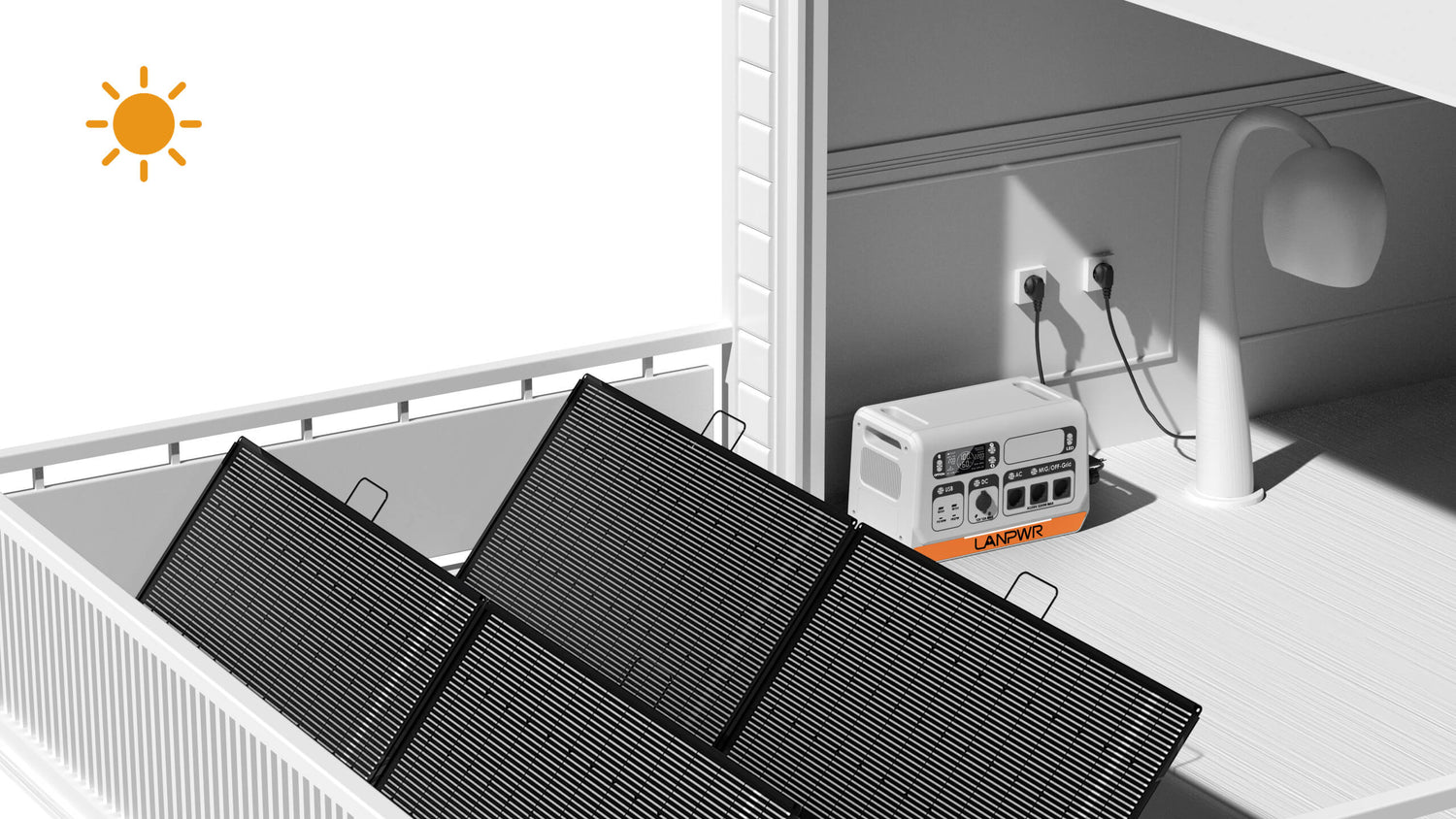Portable power stations are mobile gadgets that offer portable energy needs either in camping, travel, or emergency power outages. Learning how to pick and use them right can amplify what they have in store. So, here are seven crucial portable power station guidelines!
1. Understand Battery Capacity
The size of the battery will greatly impact how long it lasts. Typically capacity is expressed in watt-hours (Wh), which tells you how much energy the battery can hold a charge.
More Capacity: With a higher capacity, the power station can store more energy and potentially power devices for longer periods. As an example, a 1000Wh power station has been listed to provide for extending around one hundred watts at ten hours.
If the power station has a small capacity, e.g., 300Wh it will run out of energy faster under an identical load.
Example
An entry-level 300Wh (watt hour) power station might be ok for charging a few smartphones during an impromptu camping trip, but if you want to run things like a laptop alongside some lights and perhaps even keep that beer cold over the weekend in your small fridge, then preparation is everything so we recommend getting something closer to say 1000 watts or more worth of capacity.
2. Check the Output Options
Many devices need different power outputs. The main point of a portable power station is to charge your devices, so the more variety in output options it offers for different kinds of devices, the better.
AC Wall Outlets: For household appliances and other high-draw devices.
USB ports: these are needed for charging smartphones, tablets, or other small devices. Opt for Power Delivery (PD) USB-C ports to get faster charging.
DC Carports: Great for charging car accessories and other DC appliances.
Example
A power station that has multiple AC outlets, USB-A, and USB-C PD ports as well as DC carports will be versatile so you can charge many devices at the same time with the added advantage of quick charging.
3. Charging Speed and Charging Methods
The ability to top up your power station quickly is important too, especially if you may need to use it regularly.
Standard wall outlet charging: The majority of power stations can be charged using standard AC wall outlets. As with all electric cars, the charging speed differs between models so it's worth checking this as well.
Solar Charged: Many power stations allow for solar panel charging. This is great for off-grid camping, however it depends on the input from solar and panels used.
Car Charging: While charging via a car's 12V outlet is the most convenient, it is also generally slower than wall or solar-based chargers.
Example
Great for Camping: Power station with fast solar charging capabilities to keep your devices juiced up while you're in the middle of nowhere communing with nature.
4. Consider Portability and Weight
Having the best portable power station is essential, particularly for outdoor activities. Weight: How heavy is the unit; Western-liter capacity ice makers are typically lighter than their counterparts.
Portable: Smaller and lighter weight the is perfect for on-the-go camping, but does not have too large of a capacity.
Heavier Models: While you will be getting more for your money, carrying the heavier models inside and out could impose a burden.
Example
When going hiking, a power station should be lightweight and small with less capacity which is around 300Wh. You'd do better with a heavier, higher-capacity model for car camping or home backup.
5. Analyze the quality of construction and durability
A sturdy construction means that your power station can stand up to the trials of outdoor use, and hopefully last longer.
Construction Materials: Before anything else is that many hair-clippers of pretty superior quality things are constructed to be originally tough as nails, working with metal casings or top-quality plastics to defend their specialized inside components.
Design: This includes water resistance, dustproofing, and shockproof features which will make the product hard to break.
Example
If you are going to use it out in the field (maybe while on a hiking trip) or taking it out camping, we recommend opting for a power station that has brute strength and is made from robust materials!
6. Look for Additional Features
Additional Features: if any power station comes with some additional features then they can be very useful.
LED Display: Shows battery life, input/output sensor, and charging time.
Bright built-in Flashlight for emergency use and outdoor.
Cargo App Integration: Access and control the power station from your smartphone.
Example
An LED display and smartphone app support make it easy to check the status of this power station in real-time, allowing you to better manage power usage.
7. Understand Safety Features
(Safety and transmission of electricity are not compatible) Make sure the power station you go for is well protected also.
Secure the power station from overloading and protect your devices.
Short Circuit Protection: This protects against short circuits creating a fire or damage
Temperature Control: ensures that the power station operates in conditions of permissible temperatures to avoid overheating.
Example
Ultimately, you must take care that the power station you decide on has enough safety features in place to keep your unit as well as all your gadgets protected during use.
Summary
We've found that the best portable power stations are some of the most indispensable tools for delivering good, clean energy on the go. Read through the following details: Battery capacity Output options Charging methods Portability Build quality Additional features Safety measures All of these factors play an instrumental role in selecting a power station to cater to your needs. So whether you are using the device to power for outdoor adventures, travel, or as an emergency backup; here is a list of tips that will help use it effectively and make well-informed decisions.














Leave a comment
This site is protected by hCaptcha and the hCaptcha Privacy Policy and Terms of Service apply.